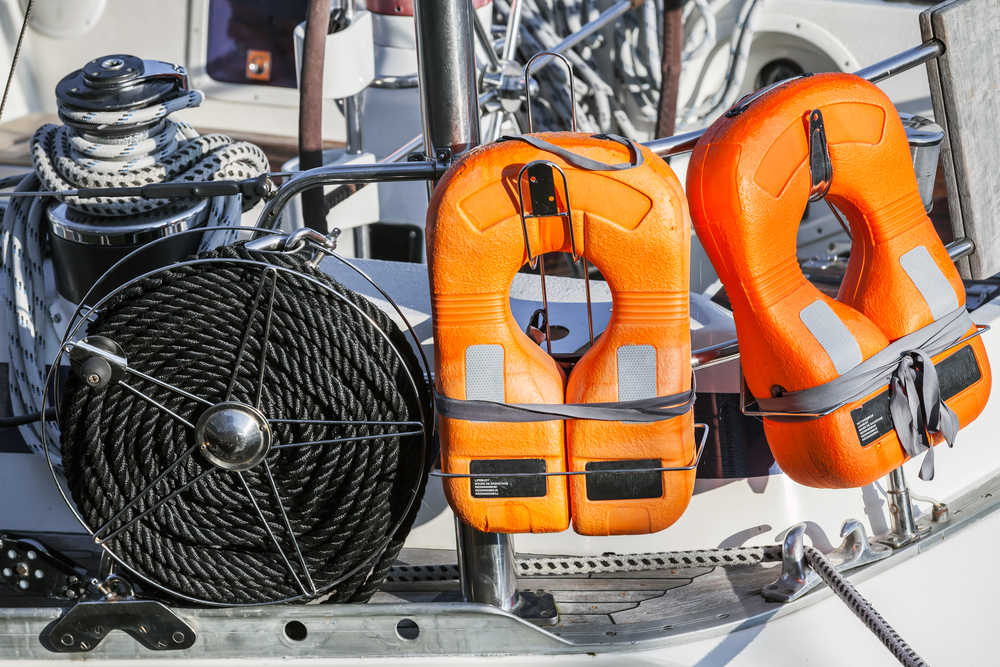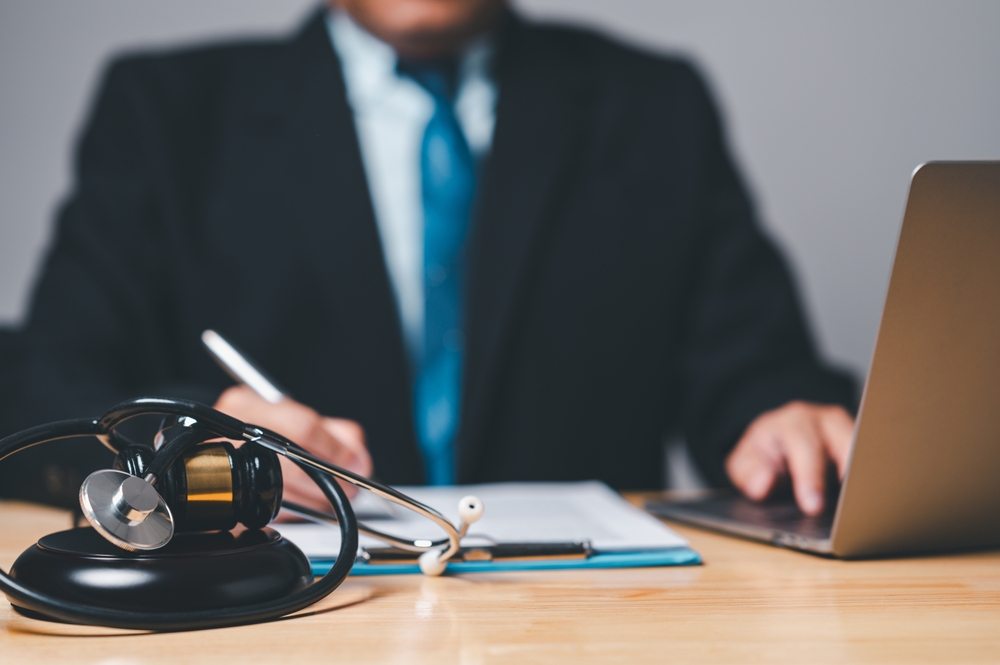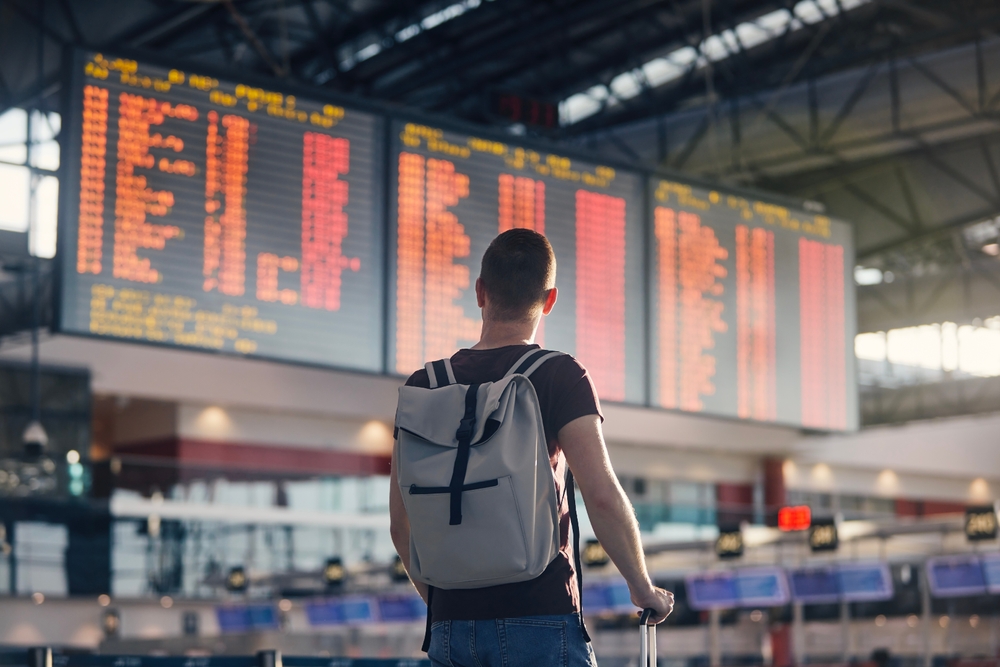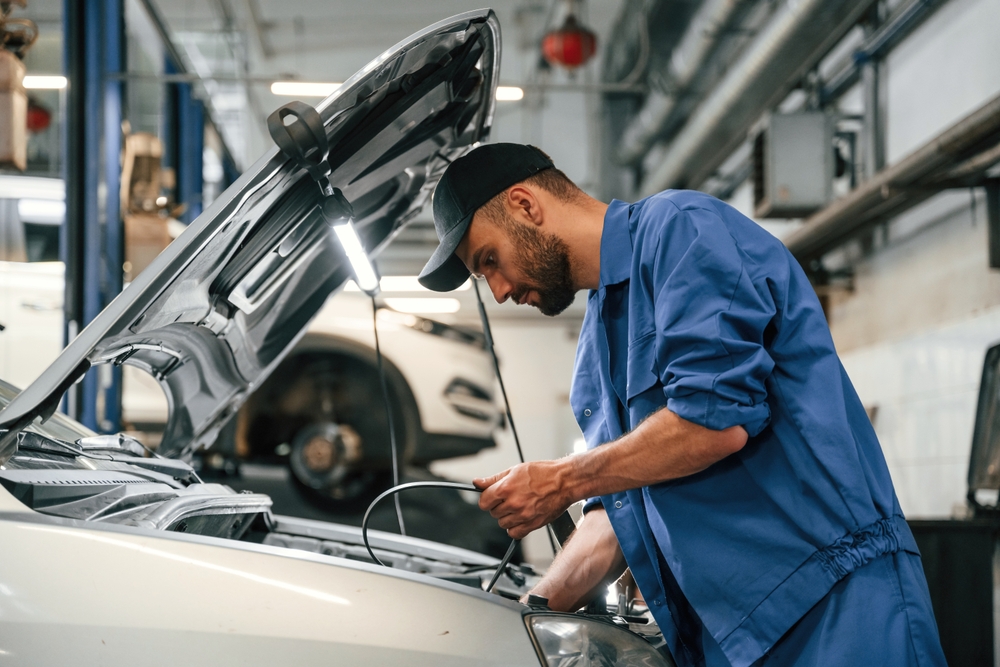Boat Equipment
Boating, whether for leisure, fishing, or travel, is an exhilarating experience. However, it also requires a certain level of preparation to ensure safety and enjoyment. When planning a trip on a boat, it's crucial to know what to bring and what to leave behind. Furthermore, understanding the necessary safety equipment is vital to ensure all passengers are safe and well-prepared in case of emergencies. This article will outline the essential items to bring on a boat, what not to bring, and the safety equipment needed on a boat.
Important Things to Bring on a Boat
When packing for a boating trip, the key is to think practically and prioritize safety. First and foremost, a life jacket is an absolute must-have for every person on the boat. The U.S. Coast Guard requires every boat to have a U.S. Coast Guard-approved life jacket for each person onboard.
Secondly, bring a first-aid kit. Accidents can happen anywhere, and the sea is no exception. A first-aid kit can prove to be lifesaving in case of an injury. Equally important is sufficient water and food. Dehydration and hunger can lead to several health issues, and therefore it's crucial to bring enough water and food for the duration of the trip.
Bring sun protection items such as sunscreen, hats, and sunglasses. Prolonged exposure to the sun can lead to sunburns and other health issues. Lastly, bring navigational tools. Even if you're familiar with the area, it's always good to have a map, compass, or GPS device.
What You Should Not Bring on a Boat
While it’s crucial to pack necessary items, it's equally important to know what not to bring on a boat. Avoid bringing any items that could become potential hazards. This includes glass containers, which can break easily and cause injury.
Large, bulky, and unnecessary items should also be left at home. Space is limited on a boat, and unnecessary items can cause clutter. Moreover, avoid bringing valuable items, such as jewelry or expensive electronics, as they can easily get lost or damaged.
Avoid bringing flammable items on the boat. These can cause a fire hazard. Additionally, avoid bringing non-biodegradable items as they can harm the marine environment if they end up in the water.
What Safety Equipment Is Needed on a Boat?
Safety should be the top priority when boating. The U.S. Coast Guard requires some basic safety equipment on every boat, regardless of size. This includes personal flotation devices (PFDs) or life jackets, a sound-producing device (like a horn or whistle), visual distress signals, and fire extinguishers.
Furthermore, boats longer than 16 feet are required to have throwable flotation devices. Other highly recommended safety equipment includes a VHF radio to communicate in case of emergencies, an Emergency Position Indicating Radio Beacon (EPIRB) or Personal Locator Beacon (PLB) for locating your boat if it becomes lost, and an anchor to help you stay in one place in case of engine failure.
It's also wise to have a bilge pump or bailer to remove water from the boat, a marine first-aid kit, a marine toolkit for minor repairs, navigation lights for when visibility is poor, and flares to signal for help.
Boating is a delightful activity that requires careful preparation to ensure a safe and enjoyable experience. Remembering to pack essential items like life jackets, a first-aid kit, water, food, sun protection, and navigational tools can make your trip smoother and safer. Avoid bringing unnecessary or harmful items like glass containers, large or bulky items, valuables, flammable items, and non-biodegradable materials. Lastly, equip your boat with the necessary safety equipment required by the U.S. Coast Guard, and consider adding recommended items like a VHF radio, EPIRB or PLB, and an anchor. By following these guidelines, you can ensure a safe and enjoyable boating experience.











